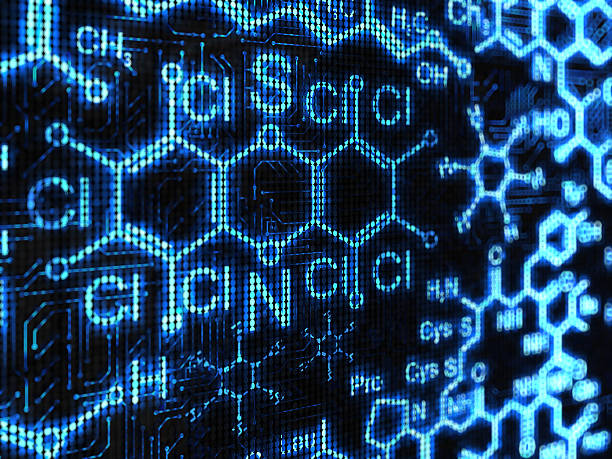Quantum Dots are a revolutionary material for display technology. They’re light-emitting diodes made from semiconductor materials that offer incredible brightness and efficiency, and yet remain lightweight enough to be used in TVs.
This means that the images you see on your TV are not only crisp and bright but also very energy efficient. The best part is that the manufacturing process is extremely simple and inexpensive, meaning that you can buy a lot of it without breaking the bank. Browse around this site
So how do you use this to your advantage? Well, let me tell you a little secret… there are many ways to use quantum dots for sex! And while most people would assume that this simply means using them to make your penis more beautiful, we’re talking about something much deeper than that.
There are actually a number of benefits to using these quantum dots to enhance sexual pleasure, including increased stamina, better orgasms, greater intimacy, improved confidence, heightened desire, and even prolonged arousal. It sounds like science fiction doesn’t it?
The best part is that the manufacturing process is extremely simple and inexpensive, meaning that you can buy a lot of it without breaking the bank. So how do you use this to your advantage? Well, let me tell you a little secret… there are many ways to use quantum dots for sex! And while most people would assume that this simply means using them to make your penis more beautiful, we’re talking about something much deeper than that. There are actually a number of benefits to using these quantum dots to enhance sexual pleasure, including increased stamina, better orgasms, greater intimacy, improved confidence, heightened desire, and even prolonged arousal. It sounds like science fiction doesn’t it? Roll-to-Roll Processing
On a slightly more technical level, quantum dots are nanometer-sized semiconductor crystals that produce fluorescence when they absorb light. They have found applications in a variety of fields, from medicine to solar cells, but until recently, their potential use in consumer products has been limited because of the high cost associated with the production of these materials. However, as prices continue to drop, quantum dots are becoming more widely used. Because quantum dots can be made very small (on the order of 10 nm), they can be embedded within virtually any material, allowing them to penetrate deep into the body. This makes them an excellent candidate for use in many medical and cosmetic devices.
The quantum dots (QDs) technology is an upcoming technology with immense potential to be used in the field of display technologies. QD displays promise bright, colorful, and efficient screens.
The basic working principle behind the quantum dots technology lies in the fact that electrons move through a solid material at a much faster rate than in gases. Check it out here
This property enables the creation of ultra-small electronic devices, which is not possible in the traditional semiconductor industry. In addition, this new type of electronics has the ability to provide extremely low power consumption and high-resolution displays, as well as LED and laser lighting. This leads to the development of a whole range of different applications.


